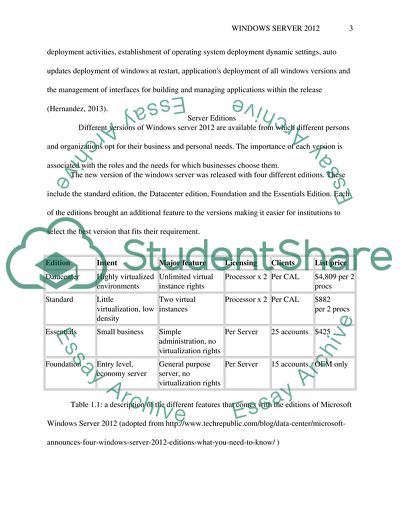Cite this document
(Inclusion of Windows Deployment Services Case Study Example | Topics and Well Written Essays - 2500 words, n.d.)
Inclusion of Windows Deployment Services Case Study Example | Topics and Well Written Essays - 2500 words. https://studentshare.org/information-technology/1833102-windows-server-2012-operating-system
Inclusion of Windows Deployment Services Case Study Example | Topics and Well Written Essays - 2500 words. https://studentshare.org/information-technology/1833102-windows-server-2012-operating-system
(Inclusion of Windows Deployment Services Case Study Example | Topics and Well Written Essays - 2500 Words)
Inclusion of Windows Deployment Services Case Study Example | Topics and Well Written Essays - 2500 Words. https://studentshare.org/information-technology/1833102-windows-server-2012-operating-system.
Inclusion of Windows Deployment Services Case Study Example | Topics and Well Written Essays - 2500 Words. https://studentshare.org/information-technology/1833102-windows-server-2012-operating-system.
“Inclusion of Windows Deployment Services Case Study Example | Topics and Well Written Essays - 2500 Words”. https://studentshare.org/information-technology/1833102-windows-server-2012-operating-system.


